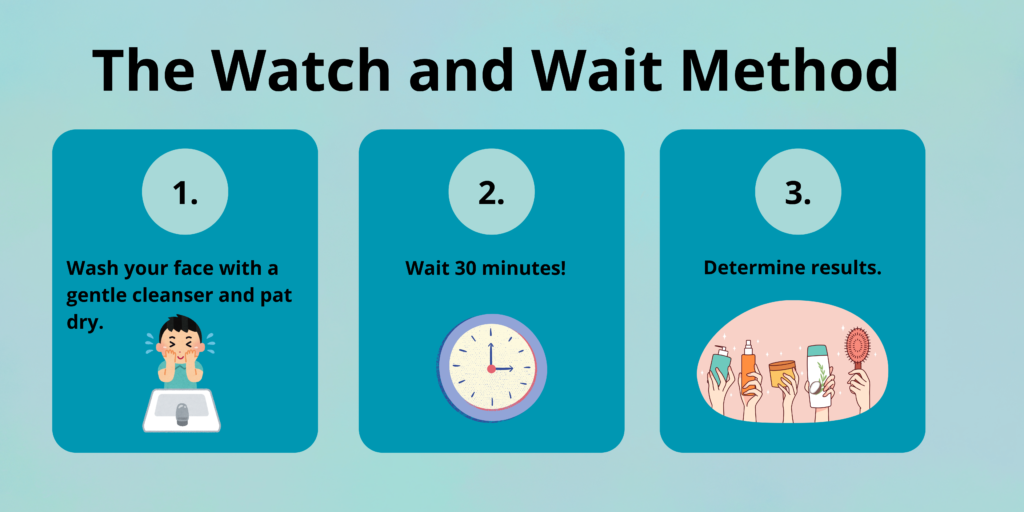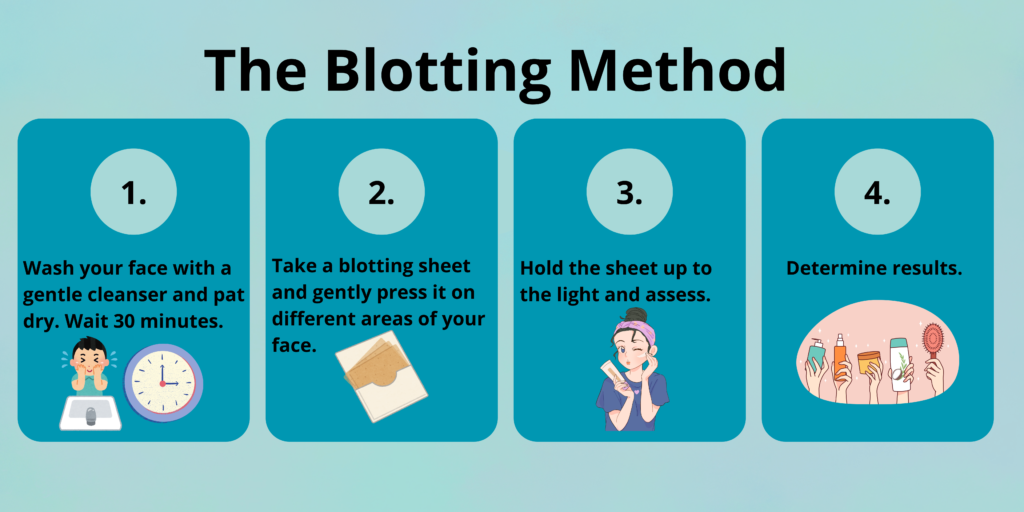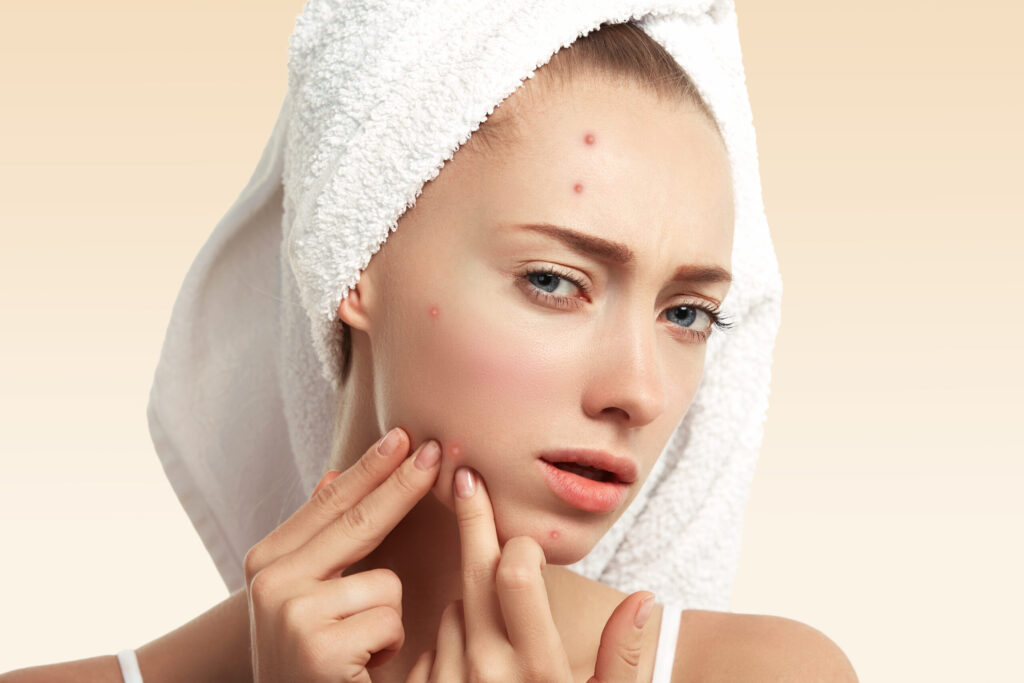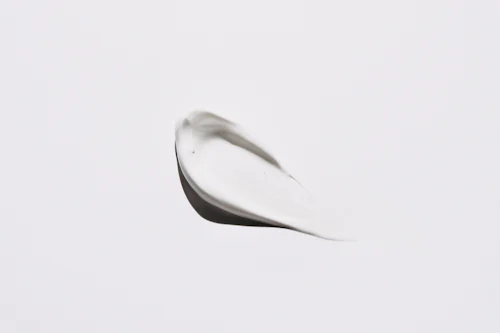Struggling to understand what skin type you have? Do you have a lot of skincare products that you have purchased because of its hype on social media but you do not feel like it works for you? That might be because your products are developed to cater to a different skin type and different skin concerns than what you have. Identifying and understanding your skin type is key in the skincare world, and here is a complete guide to the different skin types as well as tips and tricks on how you can identify your own skin type.
Normal Skin
Characteristics of normal skin: well-balanced, does not feel dry or uncomfortable or oily. No breakouts, skin looking smooth with refined pores.
Normal skin is when your skin does not feel tight or uncomfortable after you wash it, it looks smooth and does not have any breakouts or flaky areas. However, normal skin still needs to be protected and looked after if you want your skin type to keep its healthy appearance. It is important to cleanse, moisturise and apply sunscreen daily to keep the skin protected and hydrated.
Here are some products suitable for all skin types.
Dry Skin
Characteristics: appearing rough, flaky, scaly, easily irritable, or itchy.
Dry skin is when your skin looks dry and flaky as a result of lacking moisture and is less elastic. Dry skin can also feel tight, itchy and be easily irritable. Different environmental factors like harsh weather conditions, changes in temperature and sunlight can worsen the skin condition, which is why it is important to protect and restore the skin barrier. This can be done by using sunscreens and restoring moisture through hydrating creams, moisturisers and serums.
Here are some products for dry skin.
Oily Skin
Characteristics of oily skin: appear shiny, feels greasy.
Oily skin is when your skin appears shiny and feels greasy, especially in the T-zone (your forehead, down your nose and chin). Oily skin is caused by a high production of your skins natural oil (called sebum) and because of the excess oil, an oily skin type can also be prone to breakouts and clogged pores. You cannot completely get rid of oily skin because of the natural oil production, but different skincare products have been designed to help balance the skin and make it more manageable.
Here are some products for oily skin.
Combination Skin
Characteristics of combination skin: a mixture of oily and blemished skin around the T-zone and normal to dry skin around the cheek areas.
Combination skin is, as the name suggests, when your skin consists of a combination of two different skin types. For example, you can have a oily t-zone and dry cheeks. Combinations skin can be harder to look after as you have to look at all areas of the face. When caring for combination skin, it can be easier to use products specifically developed for combination skin to avoid having to use a lot of different products.
Here are some products for combination skin.
Sensitive Skin
Characteristics of sensitive skin: sensitive to environmental influences, tight and itchy, often red, dry patches, break out easily.
Sensitive skin is when your skin reacts more to changes in external influences like stress, temperature changes, dry air, or UV light. Here, the skin type is thrown off balance and feels tight, itchy, dry and is often red. Other common factors of sensitive skin is that it often blushes or flushes easily and sensitive to fragranced products. Sensitive skin can lead to dry skin and breakouts and can become uncomfortable and painful if not taken care of. If you have a sensitive skin type it is especially important to protect the skin against environmental influences, use SPF, use fragrance-free products, and use products specifically developed for sensitive skin.
Here are some products for sensitive skin.
Mature Skin
Characteristics of mature skin: less elastic, lacks moisture, lines, wrinkles, or visible pigment spots.
Mature skin is when your skin has reduced cell activity, slower regenerations, lower collagen production, and typically a result of damage caused by UV radiation and age. Mature skin often lacks moisture and elasticity, and has the appearance of lines, wrinkles, and visible pigment spots. Different skincare products have been developed to take care of mature skin and can help reduce lines, wrinkles or other undesired effects of mature skin. If you start using anti-aging products early, you can also prevent the appearance of fine lines and wrinkles.
Here are some products for mature skin.
Acne-prone or Blemished Skin
Characteristics of acne-prone and blemished skin: large pores, shiny, impurities, pimples and breakouts.
An acne-prone or blemished skin type is when your skin is prone to blackheads, spots and acne as a result of the skins production of sebum. This skin type is also often a result of genetics and can be influenced by changes in stress and hormonal levels. Some people that have blemished skin types often tend to have sensitive skin. If this is your case, then you should attempt to find gentle and soothing products. To treat acne-prone and blemished skin, you should use products specifically developed for this skin type.
Here are some products for acne-prone or blemished skin.
Tips and Tricks
Here are some easy tips and tricks you can use to determine your skin type.
1. Online Tests
You can find tests to help you determine your own skintype by answering a few questions. For example, you can use the Healtline Skin Care Quiz.
2. Home Tests
The Watch and Wait Method
This test lets you understand your skin type based on how it behaves after you have cleansed it. How does it work?

If your skin is tight and flaky you probably have dry skin, if your skin appears shiny you probably have oily skin, if your skin only shines in the T-zone you probably have combination skin, and if it feels hydrated and comfortable but not only you probably have normal skin.
The Blotting Method
Another easy at home-test you can take is the blotting test. How does it work?

If the blotting sheet is oily you have oily skin, if the sheet shows little to no oil you probably have dry skin, if there is oil only showing up from where you blotted certain parts of your face you have combination skin, and if there is minimal to no oil at all you have normal skin.
3. Consult a Dermatologist
If you struggle to find your own skin type by yourself at home you can set up a consultation with a dermatologist to get professional help.




